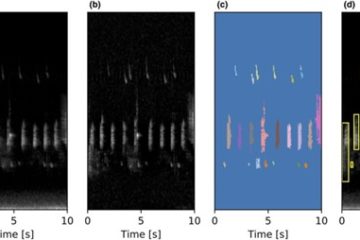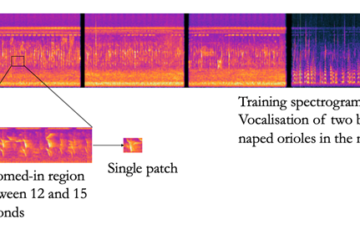Computational Sustainability
Maad-Dash – Automated Audio Annotation
The biodiversity crisis is maybe the most pressing issue of our time, which makes measuring the biodiversity an important precursor for improvement. Biodiversity assessment is limited by data management and analysis tools. Prior work has approached this problem by exploring the space of tools that can aide workflows of biodiversity Read more…


